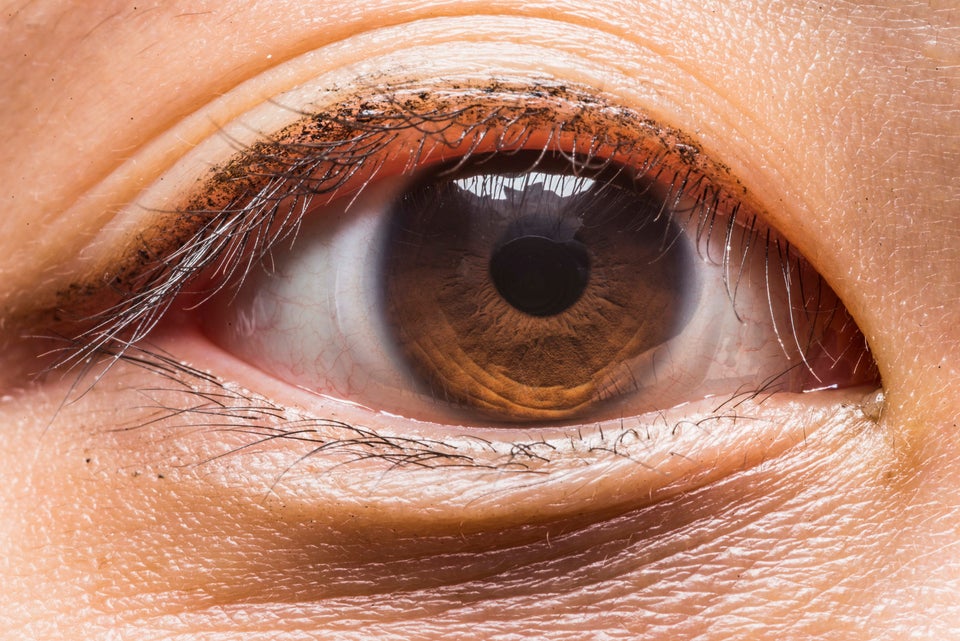More than 40 million Americans wear contact lenses, and as many as 90 percent of them don’t follow proper care instructions, according to the U.S. Centers for Disease Control and Prevention (CDC). Improper cleaning and other bad habits can lead to a range of problems, including eye irritation and infection.

A recent CDC report found that 99 percent of contact lens wearers surveyed admitted to at least one poor lens-hygiene habit that could lead to infection, such as rinsing the lenses in tap water. One-third have visited a doctor for a red or painful eye related to their lenses.
“Most problems associated with contact lenses cause minor irritation, but serious eye conditions can be extremely painful and may lead to permanent vision loss,” says Jeffrey Walline, OD, PhD, chair of the contact lens and cornea section of the American Optometric Association, and associate dean for research at the Ohio State University College of Optometry in Columbus.
For instance, microbial keratitis -- inflammation of the cornea caused by germs in the eye -- is more common in people who wear contact lenses. The chance of developing an infection is relatively low, but it increases when you leave lenses in overnight, according to Dr. Walline.
Here’s what to do, and what not to do, when wearing and caring for your contacts.

1. DO keep hands clean. Hands can be covered with germs, so wash them well before putting in or taking out your contacts. Make sure you use clear, lotion-free soap, and dry your hands thoroughly, Walline advises.
2. DO clean your lens case. Bad hygiene practices are linked to a higher risk for contamination of the contact lens case, according to a study in the February 2015 issue of Optometry and Vision Science. Researchers found that people who didn’t clean and dry their contact cases, and wash their hands with soap and water before handling them, had a higher count of microorganisms in their cases. To properly clean your case, Walline says to pour all contact lens solution out of the case, rub it with a clean finger, then rinse it with fresh solution. Wipe it dry with a tissue, and store it upside down (caps, too) on a tissue until you're ready to remove your contacts at night. Replace the case every one to three months, he adds.
3. DON’T “top off” contact lens solution. Always use fresh contact lens solution when you’re storing your contacts overnight, Walline says. Adding new solution to old solution already in the case, or cleaning lenses with water, has been linked to cases of Acanthamoebakeratitis, a rare but painful infection that's difficult to treat.
4. DON’T buy contacts without a prescription. “Many times, patients feel that because a lens is decorative -- colored or cosmetic -- and has no ‘power’ to aid in visual performance, that it's OK to use without a doctor’s prescription,” saysPamela Lowe, OD, a member of the council for the contact lens and cornea section of the American Optometric Association. “The eye’s surface has unique properties for each of us, so any contact lens, decorative or prescriptive, needs to be assessed by an eye doctor before use.”
5. DO ask your eye doctor if you can sleep in contact lenses. “Sleeping in contact lenses increases the risk of an eye infection by approximately 10 times, so sleeping in them, even part time, is typically not recommended," Walline says. But, he notes, some contact lenses are approved for wearing at night, so as long as you get regular eye checkups and your doctor approves, it may be all right.
6. DON’T bathe with contacts in. Avoid showering in contact lenses, and remove them before using a hot tub or going swimming, Walline says. “Water has small organisms that can lead to an eye infection, so water should not come into contact with the contact lenses,” he adds. “These organisms can increase in number and strength, ultimately leading to an eye infection.”
7. DO replace contact lenses in a timely fashion. Contact lenses should be replaced according to your doctor’s direction, Walline advises. Some disposable lenses are intended to be thrown away either every day, every other week, or monthly. Gas-permeable lenses are an exception: they're longer-wearing and are typically replaced once a year, Walline says. “Wearing contact lenses beyond the recommended time can lead to unhealthy eyes and discomfort,” he warns.
8. DO see your eye doctor regularly. Even if your eyes feel fine, make an appointment, Walline says. “Occasionally, contact-lens-related issues are caught during a routine examination, before the eyes become uncomfortable,” he says. If your eyes become itchy, red, or watery, take your contacts out immediately; and, Walline says, see your doctor if your eyes either don’t get better, or start feeling worse.
8 Dos and Don'ts for Contact Lens Wearers was originally published on Everyday Health.
More from Everyday Health:
7 Easy, Natural Ways to Protect Your Vision
6 Unexpected Ways Eye Problems Can Hurt You
8 Simple Habits That Could Save Your Eyesight
5 Beauty Rules to Follow If You Wear Contacts
